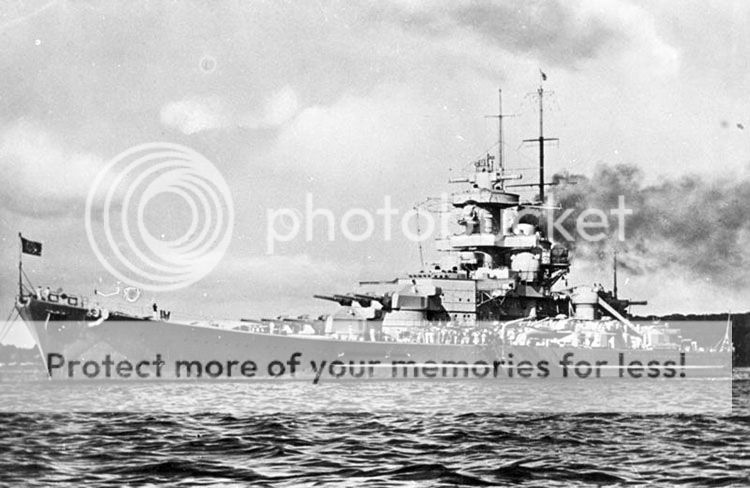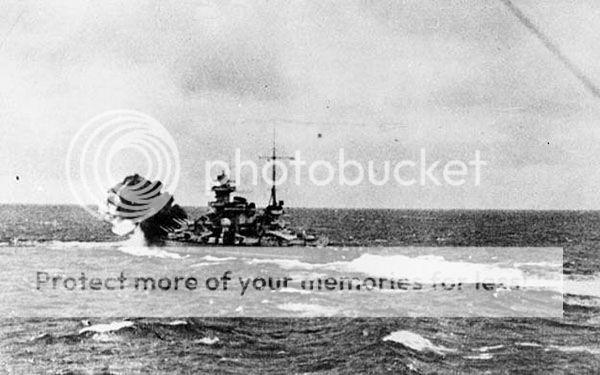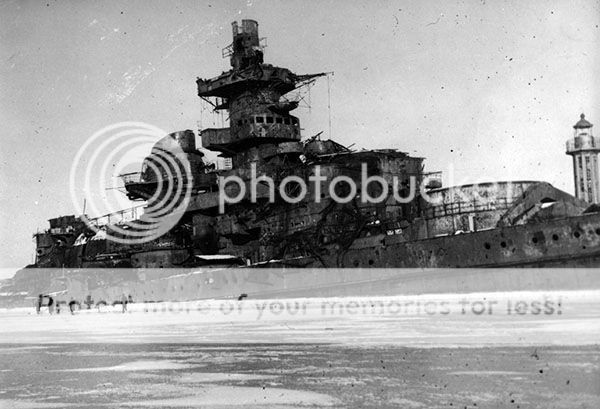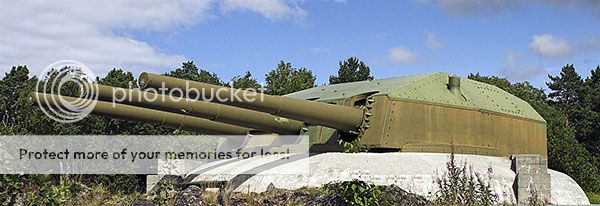Penguin
ELITE MEMBER

- Joined
- Jan 11, 2009
- Messages
- 13,047
- Reaction score
- 56
Mine types:Depth limits for WW2 era naval mines? Any naval expert? @Penguin
Explained here: [backmatter] | NZETC

Types of naval mines: A-underwater, B-bottom, SS-submarine. 1-drifting mine, 2-drifting mine, 3-moored mine, 4-moored mine (short wire), 5-bottom mines, 6-torpedo mine/CAPTOR mine, 7-rising mine
Naval mine - Wikipedia, the free encyclopedia
IMHO, drifting mines are independent of water depth.
e.g.
Oscillating mine
The mine is hydrostatically controlled to maintain a pre-set depth below the water's surface independently of the rise and fall of the tide.
Naval mine - Wikipedia, the free encyclopedia
Moored and bottom mines are depth dependent
Moored contact mines
Even during the Second World War, there were mines that could be moored in 300m-deep water
Naval mine - Wikipedia, the free encyclopedia
Bottom mines
Bottom mines are used when the water is no more than 60 meters (200 feet) deep or when mining for submarines down to around 200 meters (660 feet).
Naval mine - Wikipedia, the free encyclopedia
Last edited:








